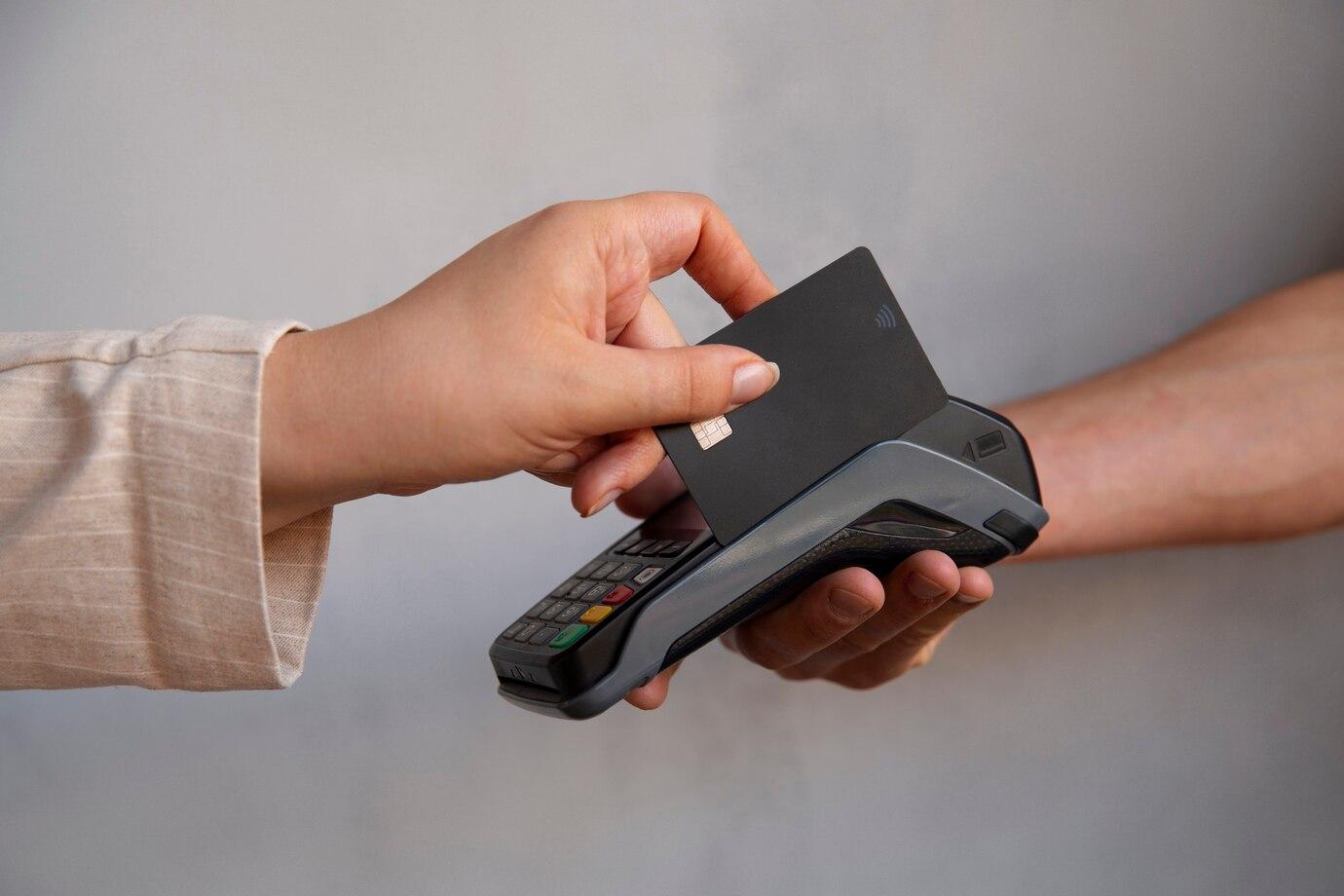Modern technologies and the development of payment systems have opened new horizons for both law-abiding users and fraudsters. One of the most pressing topics is the issue of online payment security and the methods by which fraudsters attempt to steal money from cards.
The Concept of Carding and Its Connection to Fraud
Carding is a phenomenon where fraudsters use payment card information to further use it to obtain money or goods. This process involves creating fake transactions that appear legitimate. Carding is often achieved through methods like phishing and other forms of cybercrime.
Fraudsters can obtain card data using malicious software installed on users' devices. When a victim enters their details, they are recorded and sent to the fraudsters. This data can then be used for purchases on the internet or other payment platforms.
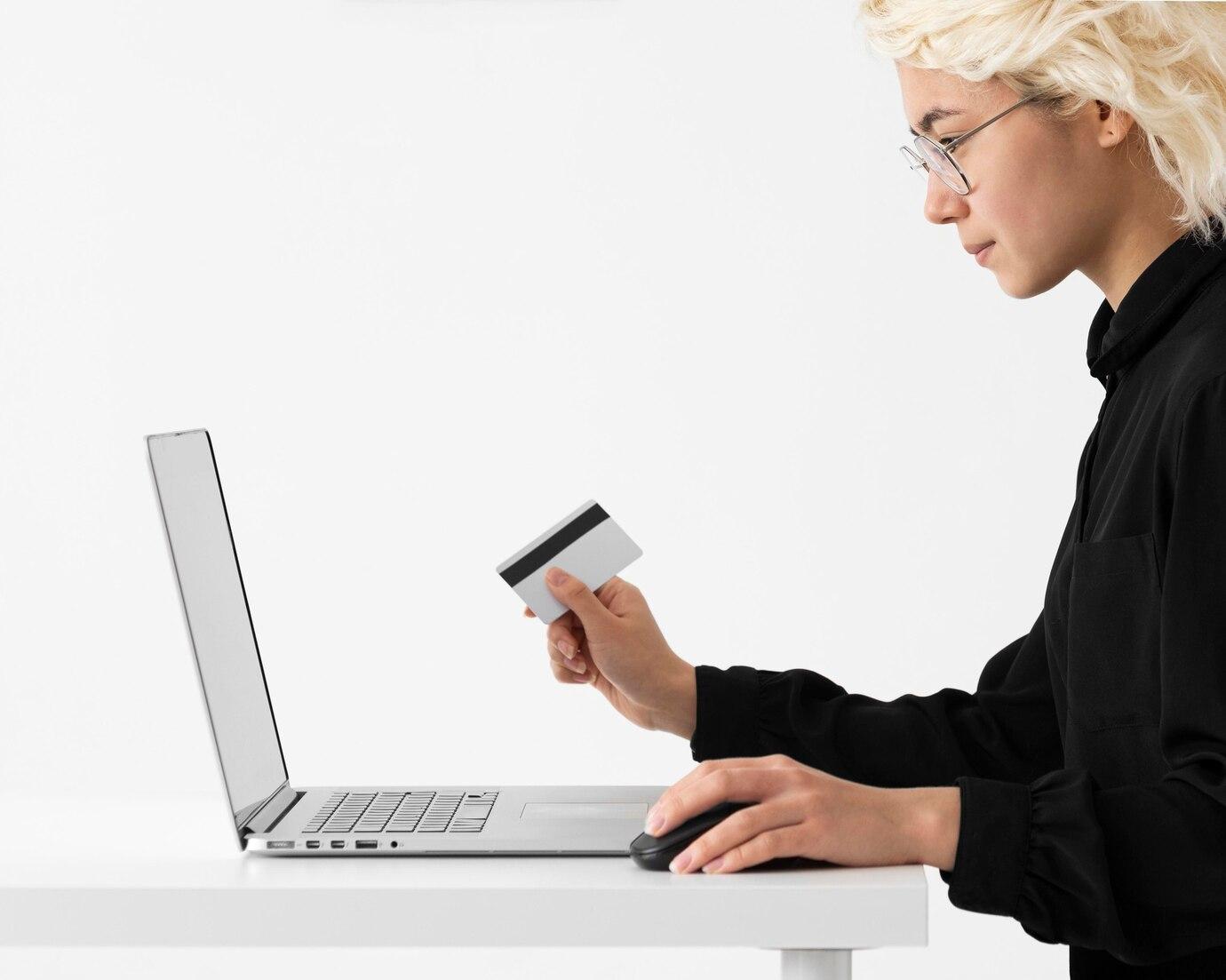
How Chargeback Fraud Works
Chargeback fraud is a process where users who have used a service or received a product initiate a reverse transaction through their payment system, claiming they did not receive what they paid for. This seems like a legitimate request, but upon closer examination, it turns out that the person is violating the rules, as they actually received the goods or service.
Fraudulent schemes in chargeback fraud can be arranged so that the perpetrator first uses stolen card data to make a purchase and later initiates a chargeback, marking the transaction as undeserved or erroneous. Thus, they keep the goods and get the money back.
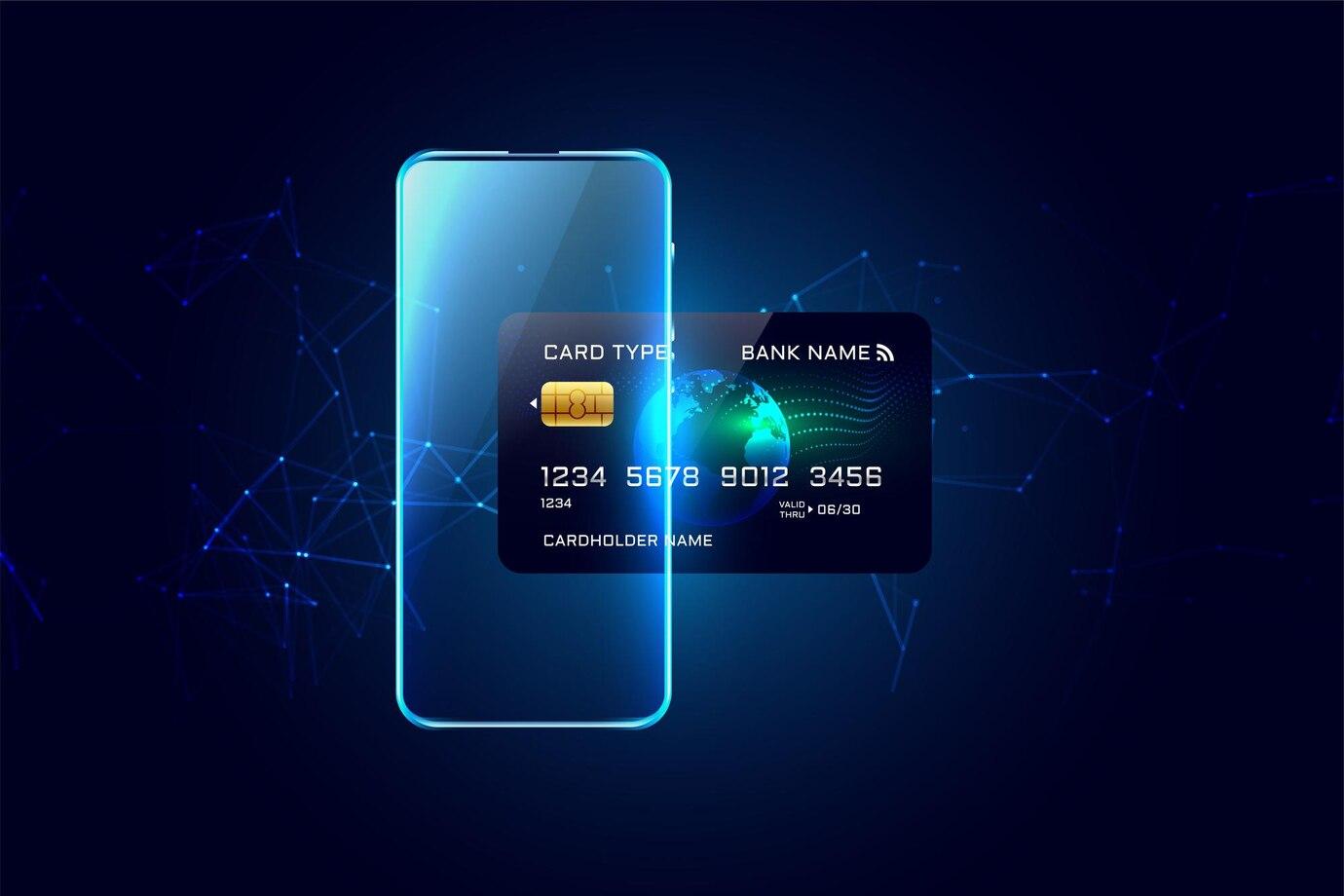
An Example of Fraud in Action
Let's consider an example to better understand the mechanisms used by fraudsters. Suppose a perpetrator gained access to a victim's credit card data using a phishing site. They make a purchase on a popular platform and receive the goods. A few days later, they contact the bank demanding a refund, claiming they did not make the transaction.
Payment systems are forced to meet such requests if they do not have sufficient evidence to the contrary. As a result, the fraudster receives the goods almost for free. This approach significantly increases the risks for confident buyers and online payments.
Given the threats associated with carding and chargeback fraud, it is crucial to take necessary measures to secure your financial data. Today, there are many ways to protect yourself:
Using Secure Payment Systems
The choice of a payment system is the first thing to pay attention to. Study the history and reputation of various systems to understand their level of security. Most reliable platforms offer multi-level protection, including data encryption, two-factor authentication, and the ability to freeze the card in case of suspicious activity.
Monitor Your Transactions
Regularly check your bank statements and transaction notifications. If you notice anything suspicious, contact your bank.
Education and Information Security
Familiarize yourself with internet security rules and learn to recognize phishing emails or suspicious links.
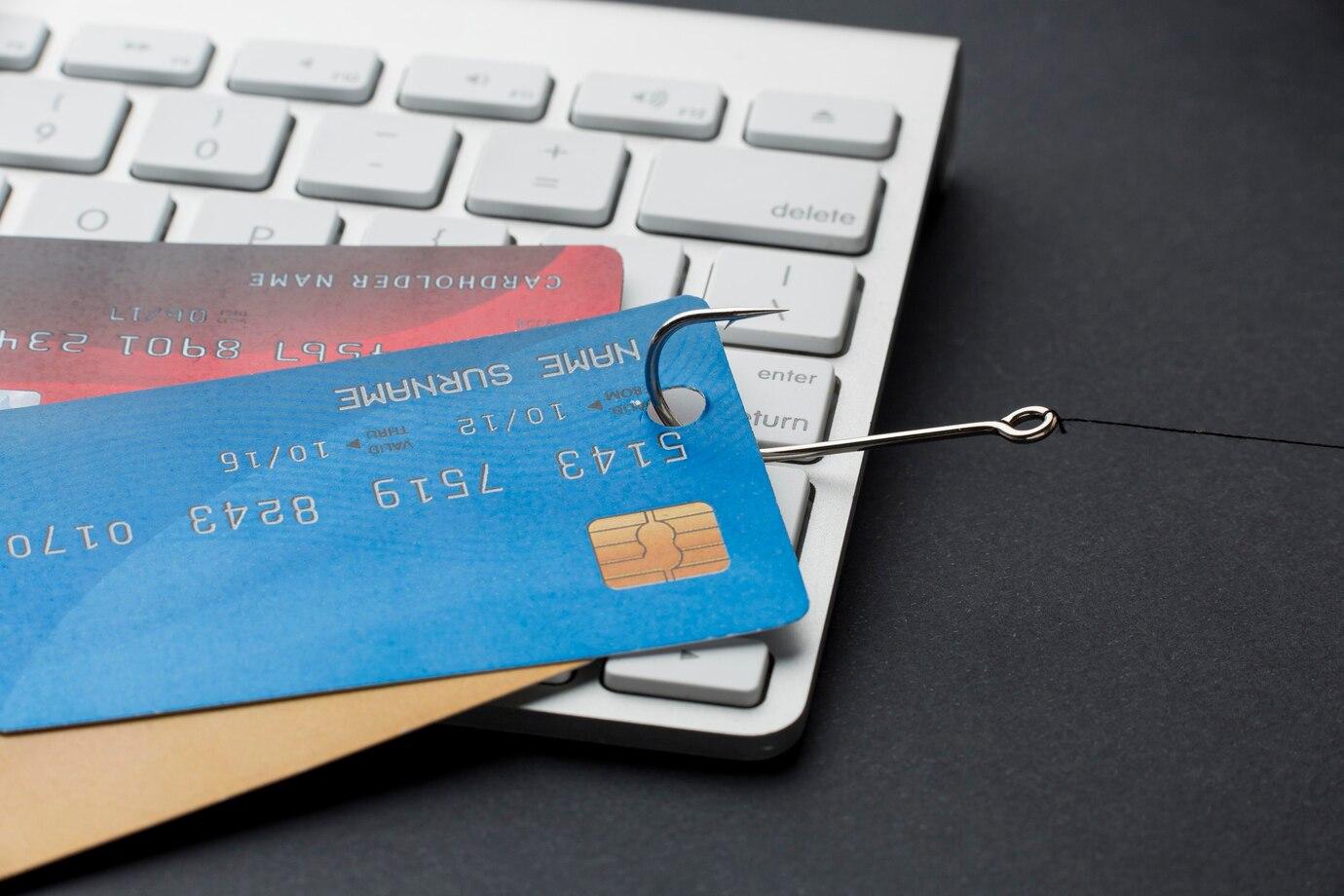
Legislation and Responsibility
Judicial and government bodies are starting to pay attention to increasingly sophisticated fraud schemes. Legislative initiatives can range from increasing control measures over online transactions to implementing standards for consumer protection. However, the responsibility for the security of their data primarily lies with the user.
Modern technologies, such as blockchain, are becoming relevant in the fight against fraud. Data is encrypted and becomes inaccessible to unauthorized users. This can significantly reduce the number of successful data theft attempts and other criminal behavior in the field of online payments.
How to Recognize Fraud: Tips and Recommendations
Many users do not understand what data they can share and what information is better kept secret. Below are some recommendations to help users avoid negative consequences.
Never Share Your Data
If someone asks you to provide your card details or personal information by phone or email, be cautious. Do not share such information, even if it seems the request came from someone you know. Open applications and websites directly, not through links in emails.
Use Only Secure Connections
When conducting financial operations, always check that the URL starts with "https://" and that the lock icon in the address bar is active. This indicates that the connection is secure.
Set Limits and Notifications
You can set up transaction notifications if your payment system allows it. You can also set limits on transaction amounts to reduce the risk of large losses.
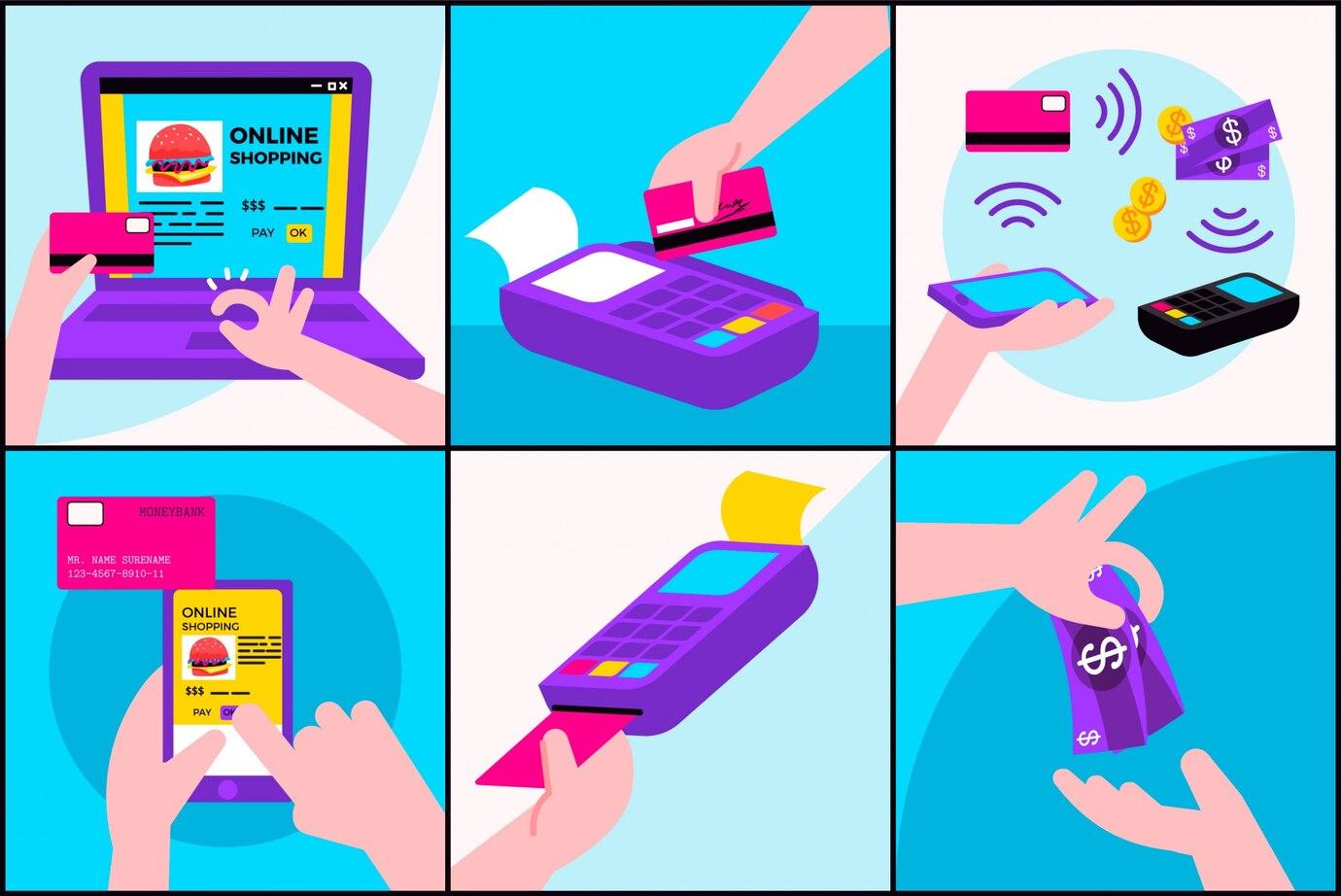
Conclusion
Carding and chargeback fraud remain relevant issues in the field of online payments. Despite the development of security systems, users must remain vigilant and proactive in protecting their financial data. An effective fraud prevention strategy includes using reliable payment systems, regularly monitoring transactions, and educating users.
Ultimately, it is necessary to focus on protecting your finances, not relying solely on technology, but also on your own awareness and attentiveness. By maintaining security and taking precautionary measures, you significantly reduce risks and strengthen the security of your online payments.
